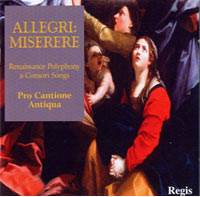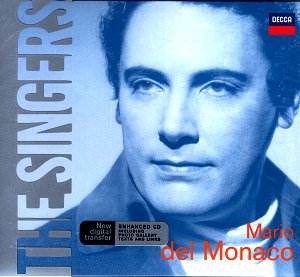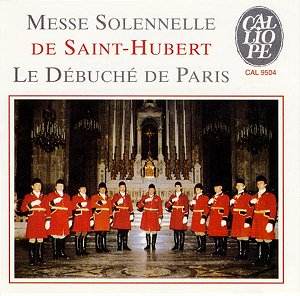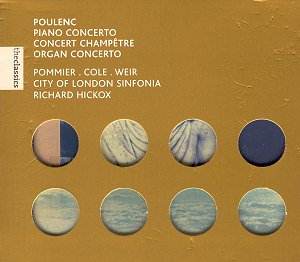 Composer: Gregorio Allegri
Composer: Gregorio Allegri
Works: Miserere Mei, Let my complaint (Morley), If you love me (Tallis), Delight is dead (Byrd), O sacrum convivium (Tallis), How vain the toils that mortal men do take (Byrd), O Lord, how long wilt thou forget? (Byrd), Was mein Gott will (Schütz), Auf dem Gebirge (Schütz), O quam tu pulcra es (Grandi), Super flumina Babylonis (Palestrina), Il bianco e dolce cigno (Arcadelt), Salve, O regina (Monteverdi), Stabat Mater (Palestrina)
Performers: Paul Esswood, James Bowman (countertenors), James Griffett (tenor), Bradford Tracey (organ), English Consort of Viols
Recording: Regis RRC 1065
Label: Regis
The choral oeuvre of Gregorio Allegri, particularly his “Miserere Mei,” has long captivated audiences with its ethereal beauty and profound spirituality. Written during the early 17th century, this piece, often associated with the liturgical practices of the Sistine Chapel, embodies the intricate interplay of voices that defines the polyphonic style of the Italian Renaissance. The recording at hand, featuring not only Allegri’s seminal work but also a selection of contemporary and preceding choral pieces, offers a compelling glimpse into this rich musical tapestry.
The performances by Pro Cantione Antiqua and the soloists reveal a deep understanding of the stylistic nuances inherent in this repertoire. Notably, the interpretation of the “Miserere Mei” is both reverent and dramatic, showcasing the singers’ ability to navigate the work’s complex harmonic structures. The blend of full-bodied, expressive tones from the ensemble delivers a palpable sense of communal devotion, reminiscent of the work’s original ecclesiastical context. However, the absence of a treble voice, often considered an integral element in performances of this work, is felt acutely, leaving a slight void in the sound’s luminosity.
Analysis of the solo tracks sung by Esswood, Bowman, and Griffett reveals a fascinating contrast in vocal timbre and interpretative choices. Esswood’s approach, characterized by a more pronounced vibrato and a ‘feminine’ quality, stands in stark relief against Bowman’s more contemporary, straighter tone. This is particularly evident in Byrd’s “Delight is dead,” where Bowman’s delivery aligns with modern taste, prioritizing clarity and directness over the lush ornamentation favored in earlier interpretations. The juxtaposition of these styles not only highlights the evolution of vocal practices but also invites reflection on the interpretative decisions that shape our understanding of this music.
The technical aspects of the recording warrant attention as well. While the performances are commendable, the sound quality reflects the age of the recordings, with certain tracks exhibiting a lack of clarity that can detract from the overall listening experience. The engineering choices, while adequate, do not enhance the individual colors of the singers’ voices as effectively as one might hope. However, the stunning rendition of Palestrina’s “Stabat Mater” stands out, with its immaculate pacing and articulation that draw the listener into the emotional depths of the text.
This collection, despite its limitations in sound quality and documentation, remains an essential listening experience for those interested in the evolution of Renaissance choral music. The thoughtful curation of works provides a rich context for Allegri’s “Miserere,” allowing listeners to appreciate the interconnectedness of these composers. The performances, while rooted in tradition, are imbued with a contemporary sensibility that speaks to the ongoing relevance of this repertoire. An invitation for further exploration into the lives of these composers and their works would enhance the listener’s journey, as the music itself offers an enduring testament to the beauty of the human spirit expressed through sound.



